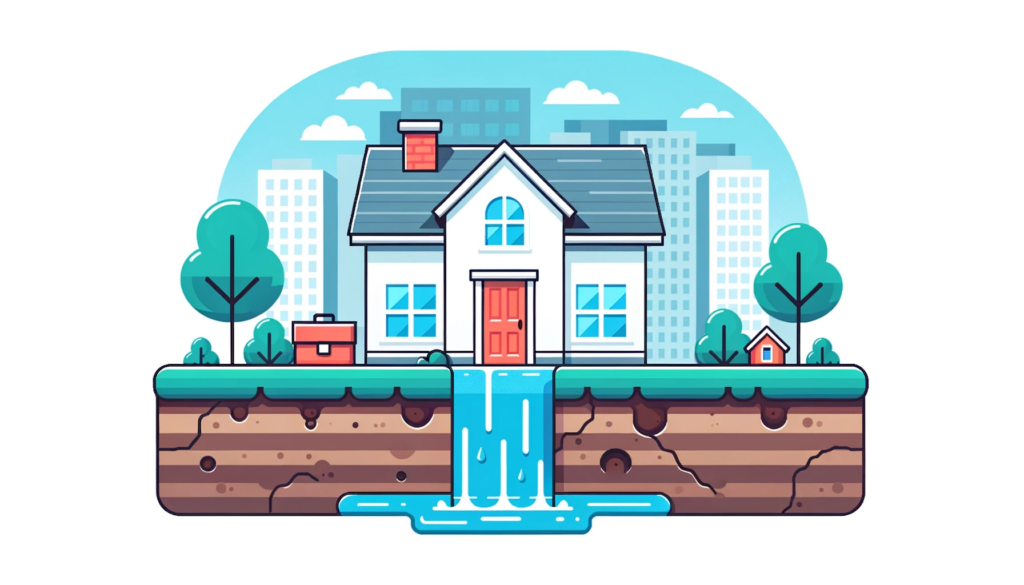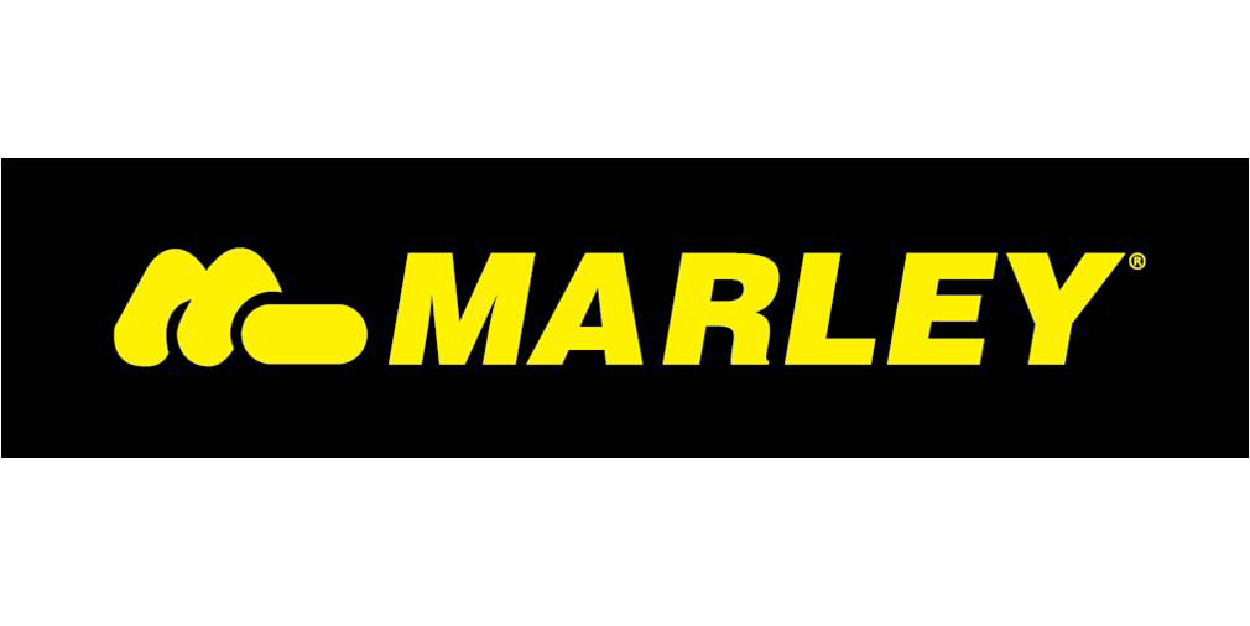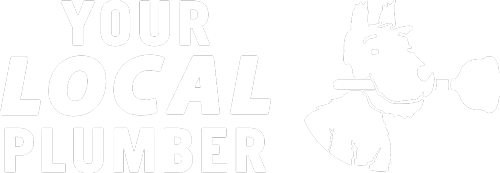
Call Today 09 973 4973 or
Gas Safety Inspections: What to Expect
Gas safety inspections are a critical component of maintaining a safe and efficient home environment. These inspections, conducted by licensed gas fitters, are designed to ensure that all your gas appliances and systems are operating safely, efficiently, and in compliance with local regulations. Understanding what to expect during a gas safety inspection can help homeowners prepare for the process, ensuring it goes smoothly and effectively.
The primary goal of a gas safety inspection is to identify any potential hazards that could pose a risk to the occupants of the home. This includes checking for gas leaks, ensuring that gas appliances are properly ventilated, and verifying that all gas fittings are secure and in good condition. The inspection also assesses the overall efficiency of your gas appliances, ensuring they are operating at optimal performance levels.
When scheduling a gas safety inspection, it’s important to choose a qualified and experienced gas fitter. A professional gas fitter will have the necessary knowledge and tools to conduct a thorough inspection of your home’s gas system. They will also be up-to-date on the latest safety standards and regulations, ensuring that your gas installations comply with current requirements.
During the inspection, the gas fitter will typically start by examining the condition and installation of gas appliances, such as heaters, stoves, and water heaters. They will check for signs of wear and tear, improper installation, or any modifications that may have been made since the original installation. The inspector will also test for gas leaks using specialised equipment designed to detect even the smallest leaks that might not be noticeable to homeowners.
Another critical aspect of the inspection is assessing the ventilation of gas appliances. Proper ventilation is essential to prevent the buildup of harmful gases, such as carbon monoxide, within the home. The gas fitter will check that ventilation systems are clear, unobstructed, and functioning correctly. They will also ensure that safety devices, such as carbon monoxide detectors, are installed and working properly.
At the conclusion of the inspection, the gas fitter will provide a detailed report of their findings. This report will outline any issues that were identified during the inspection and recommend any necessary repairs or adjustments. In some cases, the inspector may issue a gas safety certificate, indicating that your gas system has passed the inspection and is safe to use. If any serious safety concerns are identified, the gas fitter may advise that the gas supply be turned off until the issues are resolved.
Homeowners should expect to be actively involved in the inspection process. The gas fitter may ask questions about the history of the appliances, any previous repairs, or changes to the gas system. Being prepared with this information can help the inspection proceed more efficiently.
Gas safety inspections are an essential part of home maintenance, ensuring the safety and efficiency of your gas appliances and systems. By understanding what to expect and preparing for the inspection, homeowners can ensure that their gas installations are safe, compliant, and operating at their best. Regular inspections by a qualified gas fitter can provide peace of mind, knowing that your home is protected from potential gas-related hazards.
Suppliers




